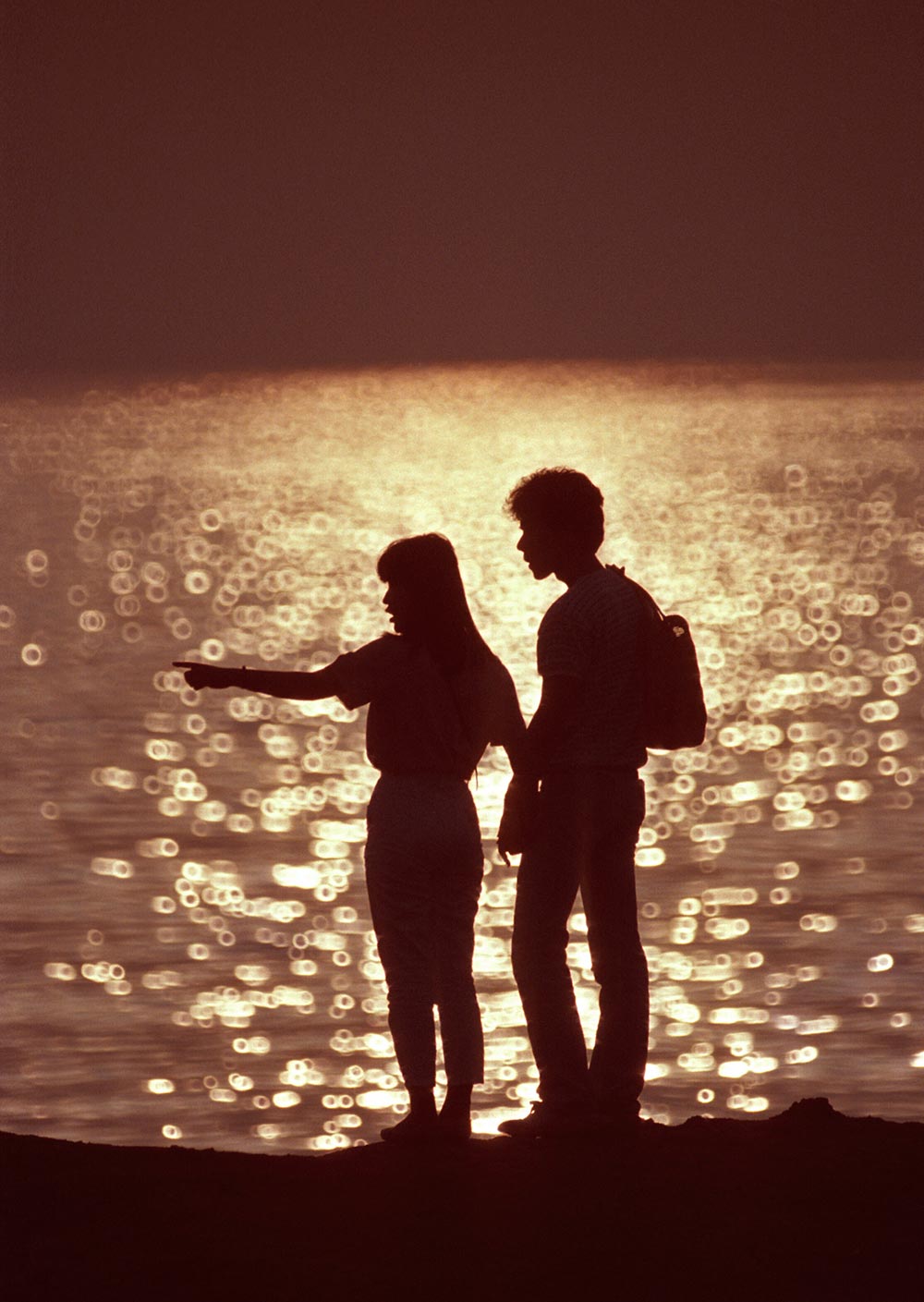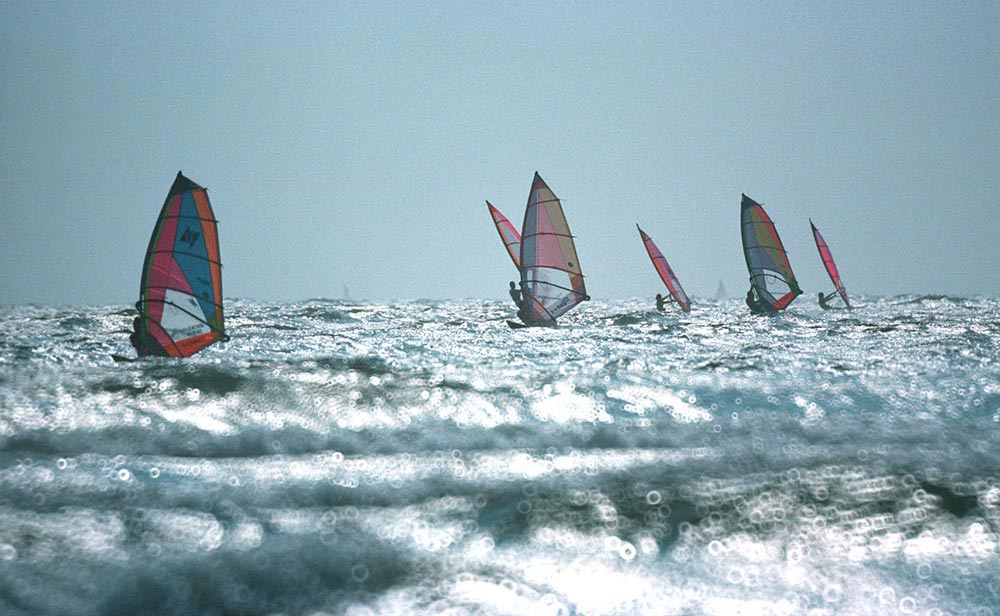NIKKOR - The Thousand and One Nights No.13

<New> Reflex-Nikkor 500mm F8
The eleventh Tales discussed a large-aperture, super telephoto lens NIKKOR-H 300mm f/2.8 made exclusively for news photographers. In the Tale Thirteen, I discuss about the Reflex-Nikkor 500mm f/8 (New) which will be more familiar to amateur photographers within super telephoto lenses.
As you may know, the ancestor of the Reflex lenses (reflecting telephoto lenses) is a reflecting telescope for astronomical observation. The history of the reflecting telescope goes back to the second half of the seventeenth century when NEWTON (Isaac NEWTON (1642-1727)) and Cassegrain (Cassegrain JACQUES (1625-1712)) participated actively.
Actually, an objective lens including a photographic lens forms an image by using the effect of refraction of the lens. However, the longer the focal length, the bigger the size of the lens and, in particular, the more difficult to correct chromatic aberration. It was the reflex lens that applied the effect of reflection of a mirror to solve the two problems.
by Haruo Sato
I. Features and history of the lens


revised for F-mount camera (1964)
Nikon's first reflex lens for cameras goes back to 1960 when "Nikon SP" and "Nikon F" played active roles. Nikon produced the NIKKOR 100cm f/6.3 for S-series range-finder cameras on a commercial basis. The lens was used for the S-series cameras with a reflex housing and also used for the single lens reflex camera, Nikon F, released in 1959 with a N-F ring.

Diameter 93mmx135 (from top to the tool reference plane)mm; Weight 1,000 g; Closest focusing distance 4 m

Diameter 89mmx109 (from top to the tool reference plane)mm; Weight 840 g; Closest focusing distance 1.5 m
In the age of Nikon F, the reflex lens had continued progressing to result in the large aperture Reflex-Nikkor 500mm f/5 (1961), which is famous to allow a photographer handheld shooting.
Then, the Reflex-NIKKOR was pushed ahead with being compactness and super-telephoto, which results in 1000mm f/11 (1966), 500mm f/8 (1969), and 2000mm f/11 (1972).
Finally, the Reflex-Nikkor 500mm f/8 (New) which was a super-telephoto lens having the most user-friendly focal length was released in April 1984 with further compactness and macro focusing mechanism.
Generally, expert Japanese designer is little known outside the industry, but his achievements can be traced through his countless reports and patents.
Now, let's go back to the history of development of Reflex-Nikkor 500mm f/8 (New).
The optical system was designed by Mr. TSUNASHIMA, Teruyoshi of 1st Optical Section, Optical Designing Department (then). Mr. TSUNASHIMA ranked with Mr. MORI, Ikuo, introduced in Tale Nine, and Mr. SHIMIZU, Yoshiyuki, introduced in Tale Five, was one of the designers who built up the golden age of old Nikkor lenses.
He completed optical design of Reflex-Nikkor 500mm f/8 (New) in August 1982 and, later, obtained patent right both in U. S. and Japan.
Waiting until the time was ripe, the lens was on sale in spring of 1984, when trees put out leaves. The specifications of the lens, being light and compact and having amazingly short closest focusing distance of 1.5m, got publicity and accelerated the Reflex-lens boom of those days.
Mr. TSUNASHIMA, as far as I knew, was a dynamic, big-hearted man vigorously pushing forward to his goal without worrying about trifling matters.
This time, I was absolutely astonished when I read the optical design report of the Reflex-lens. The report was submitted under the name of someone other than him. I asked him, "Why did you do that ?" Then, his answer was, "I left all of it to my colleague because it was very troublesome."
A report must have a meaning to show his hard-earned design result to his superiors. Supposing that a researcher in a university obtains excellent results, whoever let someone else submit the report as someone else's results ? Mr. TSUNASHIMA must have turned his eyes to the next development subject which users were long-awaited, not to the petty things.
Mr. TSUNASHIMA with such dynamism retired a few years ago at the retirement age.
In addition, Mr. TSUNASHIMA had a relatively rare career for an optical designer. After having fully experienced optical design, he moved to a Production Department, a Quality Control Department, and the like, and returned to engage in optical design with accumulated extensive experience. In other words, Mr. TSUNASHIMA designed the Reflex-lens in person, struggled to produce it in large quantities, and strictly controlled its quality by himself to put it on sale. Consequently, Mr. TSUNASHIMA participated in the own designed lens up to a stage just before shipment, which was the nearest stage to users.
II. Lens structure and features


(Fig. 3) A refractive lens group is in a hole bored in the principal mirror. which is selected by Mr. TSUNASHIMA.
Please excuse me if the following story is a little difficult. First, take a look at the cross-sectional view of "Reflex-Nikkor 500mm f/8 (New)" (Fig. 1).
You will notice a coated reflection mirror (a rear surface mirror-a hatched portion).
At first, a light ray emanated from an object passes through a peripheral portion of a first lens where a shield is not applied.
Then, the light is reflected from a concave mirror (a principal mirror) with an annular shape, reflected again from a convex mirror (a secondary mirror) which is a hatched portion of the first lens, and passes through a refractive lens group located in a hole bored in the principal mirror to form an image.
Since the principal mirror is a concave mirror, it works as a positive lens. And the secondary mirror is a convex mirror, so it works as a negative lens. By folding back the light path two times, not only the lens system can be compact, but also can be a so-called "telephoto type" to obtain a large telephoto ratio. Moreover, chromatic aberration does not generate because of a reflection effect of a mirror.
Although the Reflex-lens appears to be invincible, there are several problems as follows:
- Since the secondary mirror occupies central portion of the first lens, the diameter of the lens becomes larger than that of the real f-number. Accordingly, the length of the lens barrel can be short, but the diameter of the lens becomes large.
- An aperture stop cannot be placed at an effective position.
- It is difficult to suppress stray light, ghost and flare.
- Since a shield portion exists at the center of the aperture, a defocused image has a peculiarity.
Take a look at the cross-sectional view again.
The "Reflex-Nikkor 500mm f/8 (New)" has two beautiful built-in hoods for shielding in its lens barrel. They are devised for suppressing generation of stray light, ghost and flare.
The primary mirror of the Reflex-lens has two design solutions shown in Figs. 2 and 3. As is apparent from the figures, the plan shown in Fig. 3 is superior to the other. In the plan shown in Fig. 2, a stray light directly arriving at the film plane may probably decrease imaging performance.
However, it is very difficult for the principal mirror to be bored a large hole in the center of it accurately. Moving to a Production Department and a Quality Control Department, Mr. TSUNASHIMA made strenuous effort to accomplish his ardent desire to manufacture a better product.
Lens performance and imaging characteristics

Nikon F2, Reflex-Nikkor 500mm f/8 (New), f/8, 1/500 sec., E100VS (-1/3 compensated)
©2001 SATO, Haruo
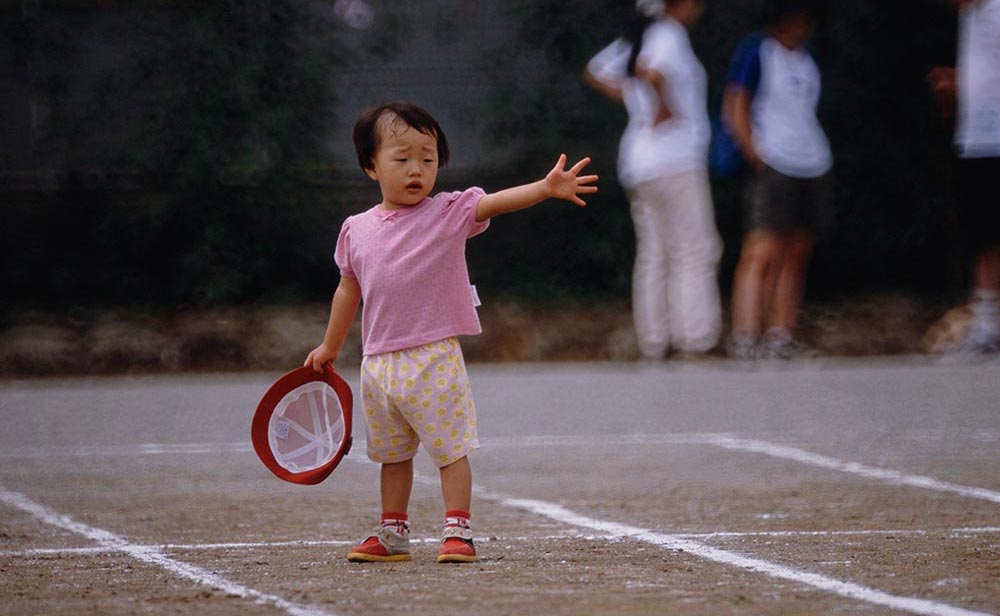
Nikon F2, Reflex-Nikkor 500mm f/8 (New), f/8, 1/500 sec., E100VS (-1/3 compensated)
©2001 SATO, Haruo
What are the imaging characteristics of Reflex-Nikkor 500mm f/8 (New) ? Let's take a look at how this lens performs from both aberration characteristics and results of actual shot. As is imaginable from relatively under-corrected spherical aberration and well-corrected chromatic aberration and coma, the lens has fine contrast across the entire image, good color separation, and powerful rendition. By the way, the Reflex-Nikkor 500mm f/8 (New) now available uses a newly developed multi-coating (Super Integrated Coating, or SIC) for even better balance and clear image.
Example photographs 1 and 2 were taken at a kinder garden's field day. I found the lens useful as a compact, lightweight super-telephoto lens capable of had-held shooting.
I have to mention the annular shape defocused image, which is the largest characteristic of the lens.
Regardless of the maker, I have used various kinds of Reflex-lenses. However, this lens is the only lens that the annular shape defocused image is secured across the entire image.
(See the supplement "The annular shape defocused image")
Click the example photograph 1 and then 2 for the enlarged image. Please look at the planting of the background.
You can confirm the annular shape defocused images from the center to the periphery of the image by a row of brown curbstones placed in front of the planting. By the way, you can see the defocused image which is the characteristic of Reflex-lenses in the lattice standing behind the planting.
In the other, ordinary Reflex-lenses, when the image height becomes higher, the defocused image cannot secure the annular shape and gradually becomes a "c" shape (a crescent shape) because of vignetting. Moreover, because of this effect, the annular shape defocused image is shot as if it is drifting in the concentric direction relative to the center of the image. When reflected light from the water surface is shot with out of focus, you may easily imagine that the defocused image becomes an unsightly image.
Mr. TSUNASHIMA's tenaciousness appears even in this sort of case.
Just taking a look at one of photographic instruction manuals, you may find the way of making best use of the annular shape defocused image as a shooting technique of a Reflex-lens. I had been having my doubt about using the awkward "c" shape defocused image before I met the Reflex-Nikkor 500mm f/8 (New).
However, using the lens had clearly dissolved my dissatisfaction.
(the supplement) "The annular shape defocused image"
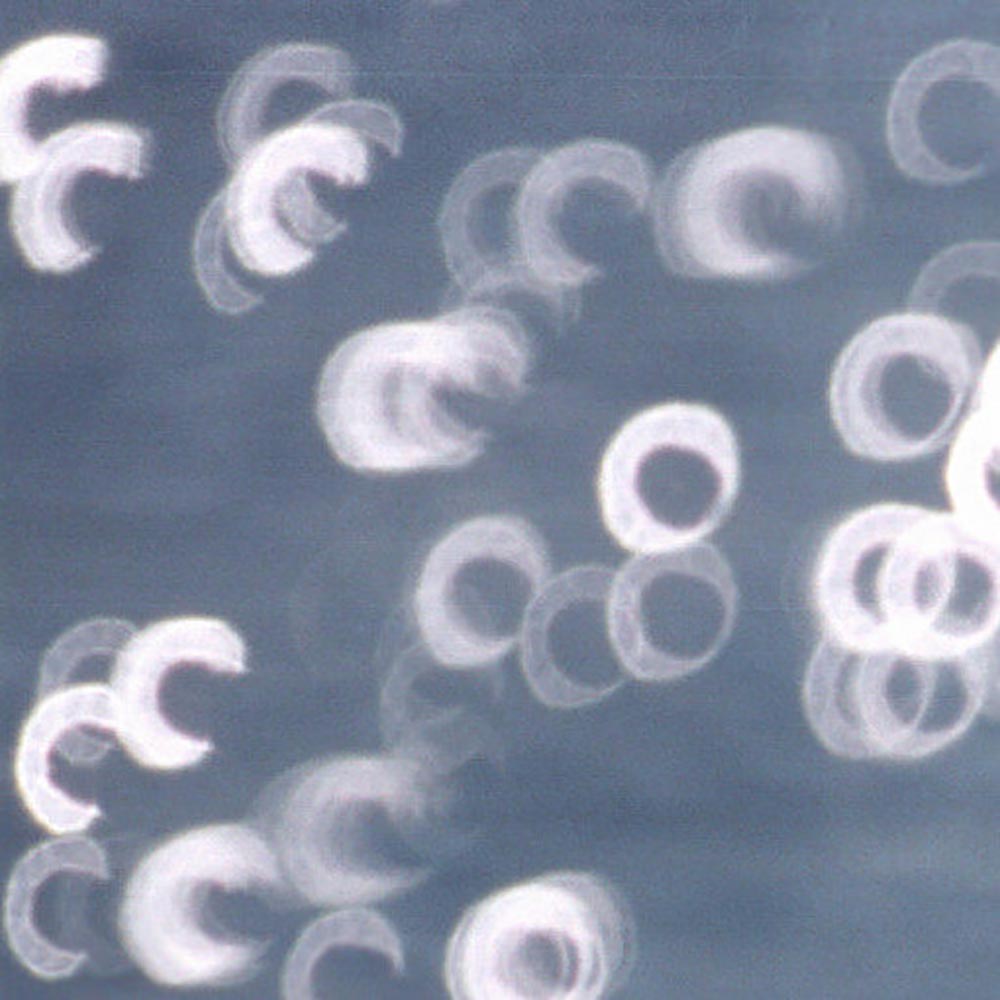
When the image height becomes higher, the defocused image gradually becomes a crescent shape.
Moreover, the defocused image is taken as if it is drifting in the concentric direction relative to the center of the image.
©1987 SATO, Haruo
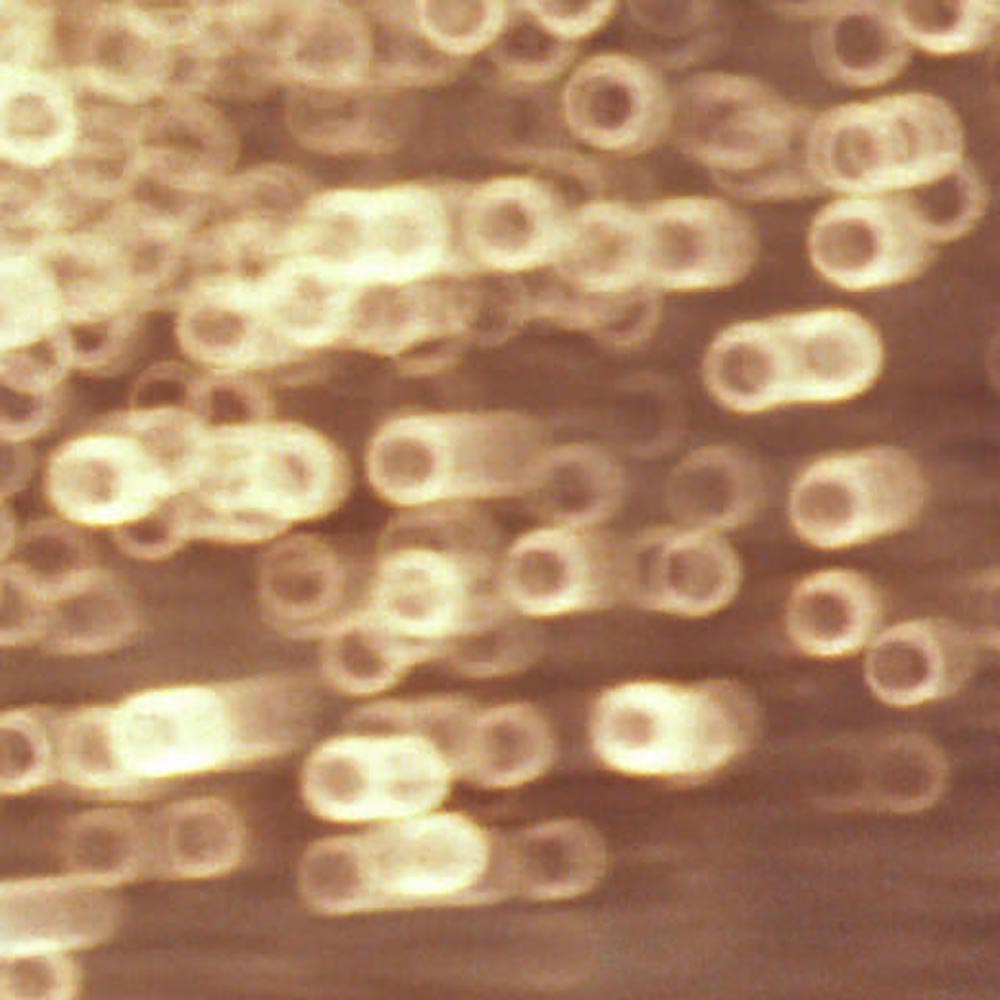
and its defocused image in the periphery of the image (background blur)
The annular shape defocused image is secured across the entire image.
©1987 SATO, Haruo
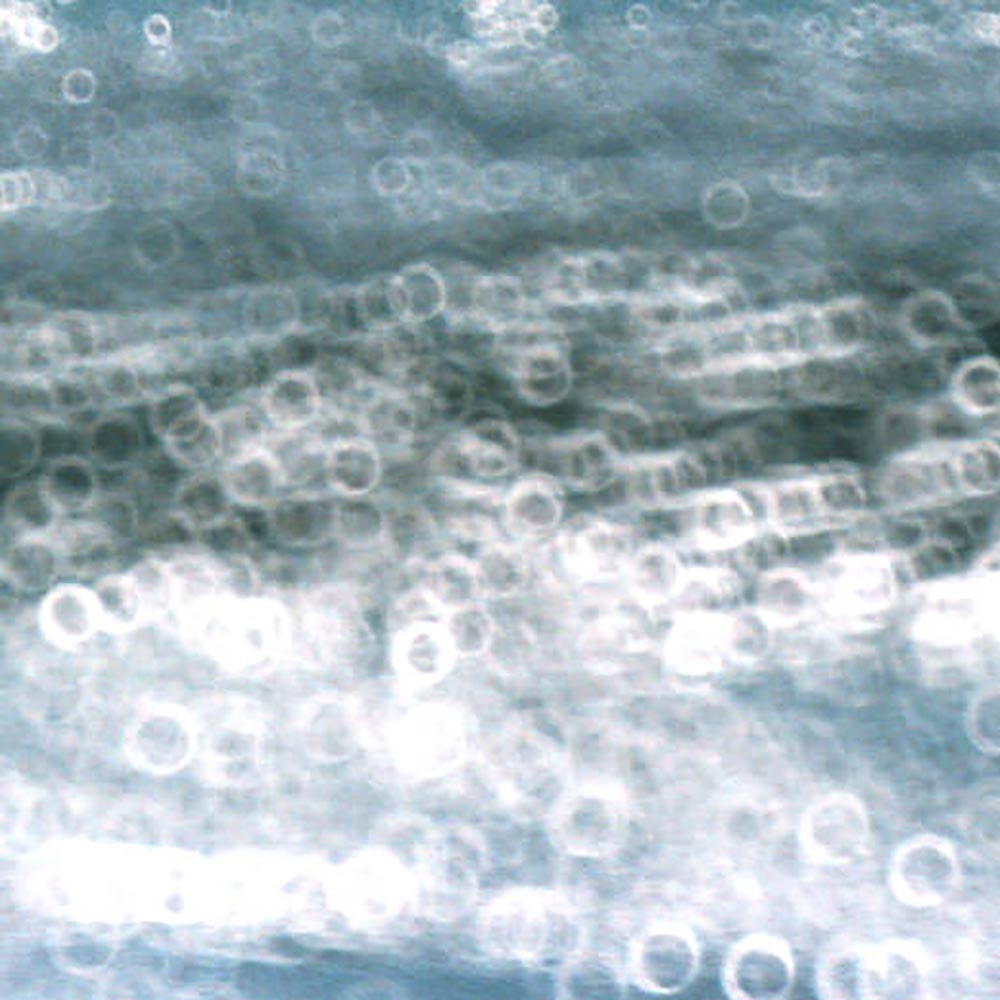
and its defocused image in the periphery of the image (background blur)
In a Reflex-lens, when focusing at closed object, the total length of the lens barrel becomes long (being extended), so that the annular shape defocused image tend to be cut off.
However, the example photograph shot by Reflex-Nikkor 500mm f/8 (New) shows that the amount being cut off is small because the annular shape defocused image is secured across the entire image.
©1987 SATO, Haruo
Our boss, Mr. TSUNASHIMA
We used to call Mr. TSUNASHIMA with affinity and respect "Boss, TSUNASHIMA". Certainly, he was a big-brother type person and took thought for younger men. His dynamic manner did not limit to work-related things. Mr. TSUNASHIMA, who would play tennis for years, was a hard drinker equal to Mr. MORI, introduced in Tale Nine.
Let me introduce you an episode of "Boss, TSUNASHIMA" at a drinking party.
It was about my freshman's time. At a drinking party on a company trip, several people (hard drinkers) of us were sitting in a circle and drinking sake (Japanese rice wine). Sake bottles were rapidly emptied one after another. The party really came alive and people's laughing voice and cheers echoed. Finally, all the sake bottles were emptied. So, Boss, TSUNASHIMA gave a cry to me, one of organizers, "Hey, SATO! Sake is empty." So I said, "Yes, sir," and brought several bottles of beer. Then, Boss, TSUNASHIMA exclaimed, "Hey, SATO! Is this really sake ?" I replied, "Well ?" Boss, TSUNASHIMA suggested, "Well, this is an alcoholic beverage called BEER, isn't it ?" So I knew that after all, a heavy drinker was different. The scales dropped from my eyes. I realized that I could not join in the party unless understanding their delicate manner and feelings.

NIKKOR - The Thousand and One Nights
The history of Nikon cameras is also that of NIKKOR lenses. This serial story features fascinating tales of lens design and manufacture.



